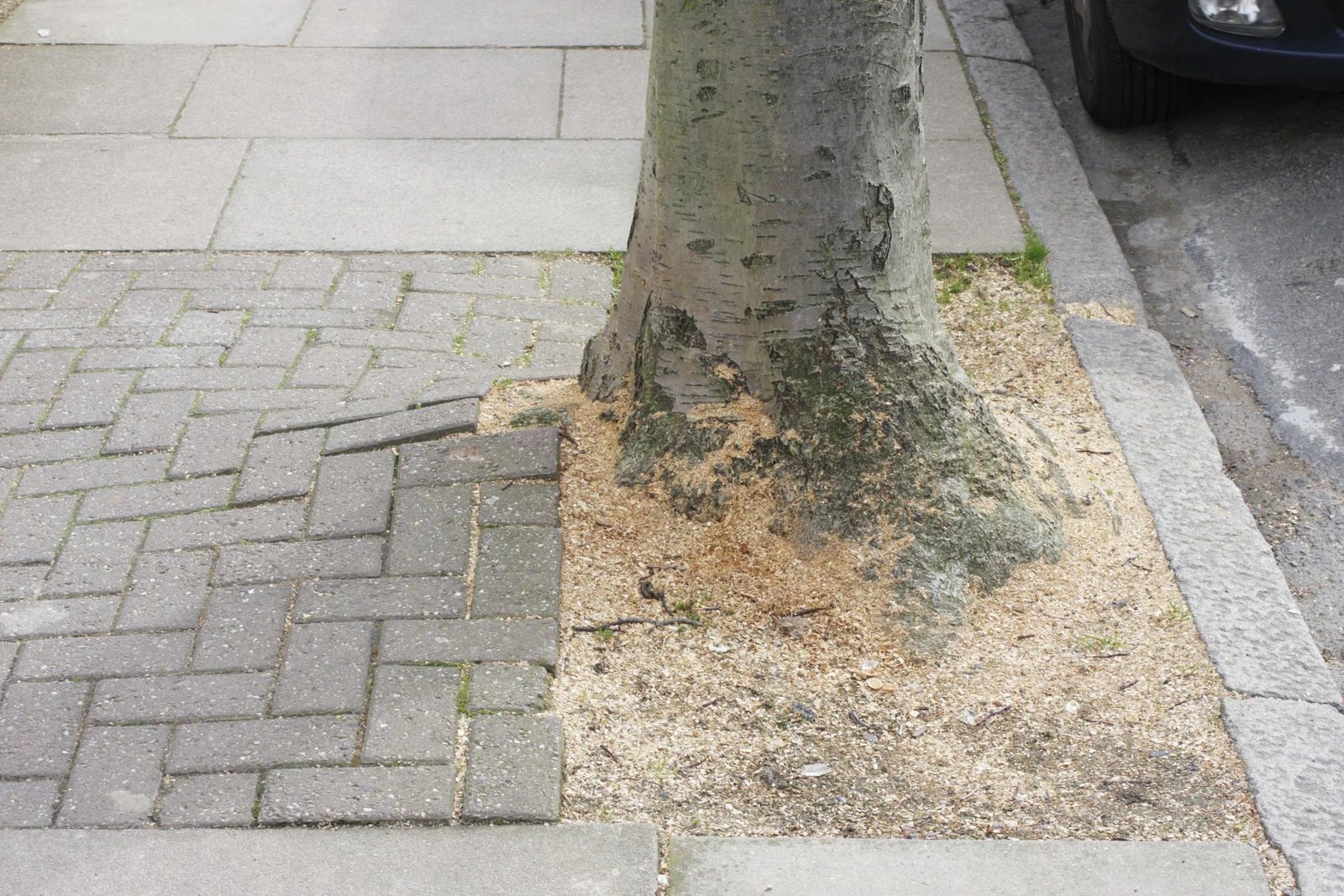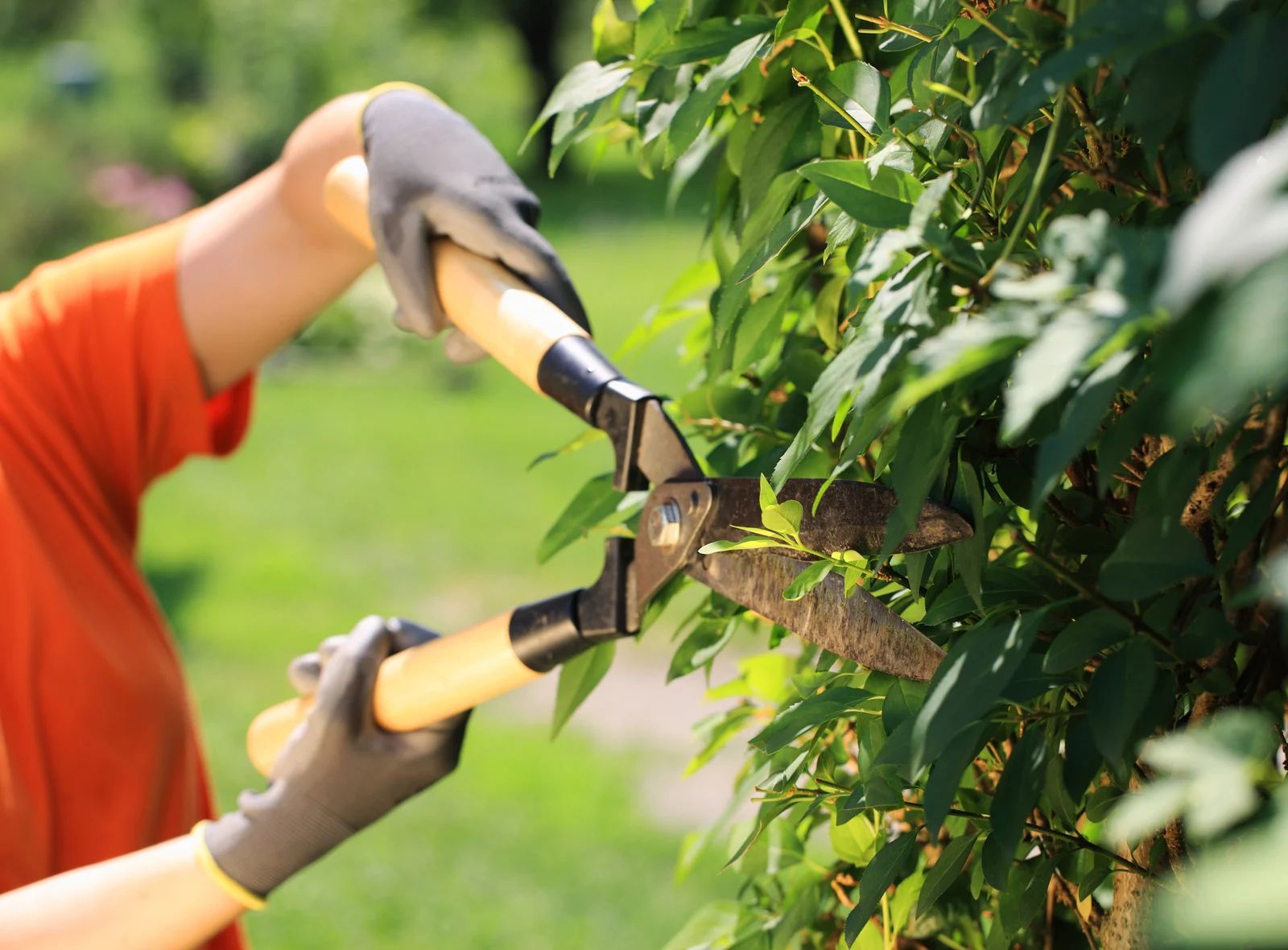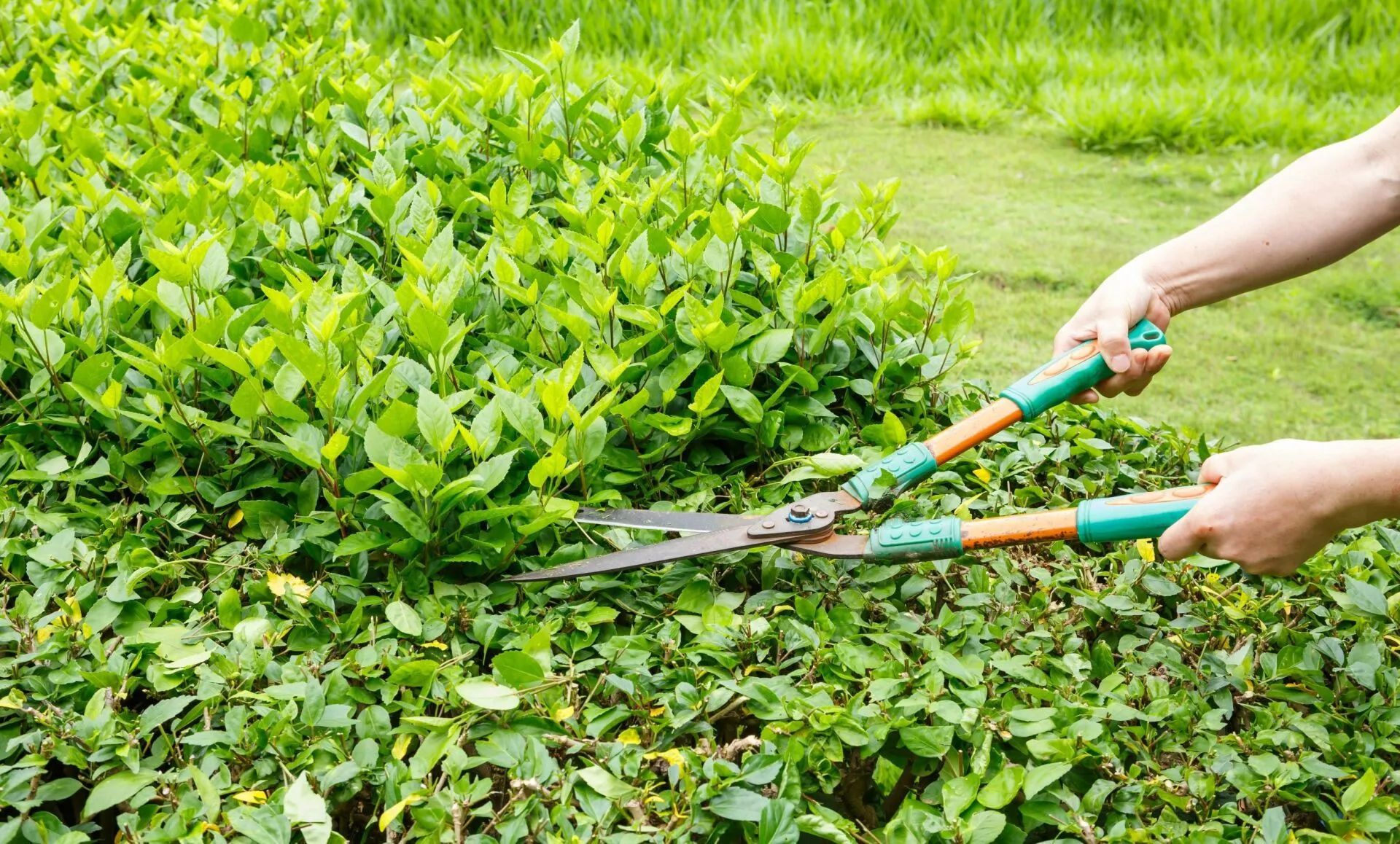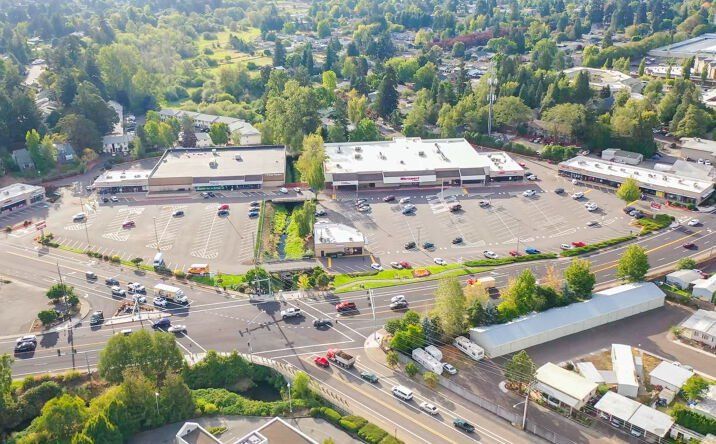Land Clearing vs. Brush Clearing: What’s the Difference?
When preparing a property for development, landscaping, or general upkeep, two commonly confused services come into play: land clearing and brush clearing. While they may sound similar, they serve very different purposes and involve distinct methods. Whether you're a homeowner, contractor, or land developer, understanding the difference can help you choose the right service for your needs.
Land clearing and brush clearing both play crucial roles in managing overgrown or undeveloped land, but the scale and intent behind each process vary significantly. Land clearing often involves a total transformation of the landscape, while brush clearing focuses more on maintenance and management. Knowing which service suits your project can save time, money, and preserve the natural balance of your property. This blog will help you explore the key differences between land clearing and brush clearing so that you can make the best decision for your outdoor space.
1. Scope and Objective
Land clearing is the complete removal of all vegetation and obstacles from a plot of land, including trees, stumps, rocks, and underbrush. It is typically done in preparation for construction projects, agricultural use, or creating a new landscape from scratch. The goal is to provide a clean slate. On the other hand, brush clearing is more targeted. This service is ideal for improving visibility, fire prevention, and beautifying overgrown areas without disrupting major trees or structures.
2. Tools and Techniques Used
Land clearing often requires heavy-duty machinery like bulldozers, excavators, and stump grinders. It’s a more intensive process involving excavation, hauling, and sometimes grading. Brush clearing typically involves lighter equipment such as brush mowers, chainsaws, and hand tools. Since it’s less invasive, it can be done faster and with minimal disruption to the landscape.
3. Environmental Impact
Because land clearing strips the area completely, it can have a more significant environmental impact, including increased erosion and habitat disruption. That’s why it’s important to consult with professionals who understand sustainable clearing practices. Brush clearing is generally less destructive. It allows you to maintain the larger ecosystem, preserve soil structure, and manage vegetation growth in a controlled way.
4. Cost and Time Involved
Land clearing is more time-consuming and costly due to the equipment involved, volume of material removed, and potential need for permits. Brush clearing is often quicker and more affordable, making it a great option for routine maintenance, trail creation, or improving property appearance.
5. When to Choose Each
Choose land clearing if you're starting new construction, installing utilities, or preparing land for farming. Opt for brush clearing when dealing with invasive plants, maintaining trails, or reducing fire hazards. It’s especially useful for homeowners managing large properties or dealing with seasonal overgrowth.
Trust the Experts for Your Clearing Needs
Whether you need full-scale land clearing or selective brush removal, choosing a knowledgeable and experienced team ensures the job is done safely and effectively. At J & J Stump & Tree Removal, we bring 30 years of experience to every project in Salem, OR, offering dependable, efficient, and environmentally-conscious services. Our team understands the specific needs of Oregon landscapes and provides tailored solutions to meet your goals. Let us help you transform your property the right way—call us today for a free consultation.





